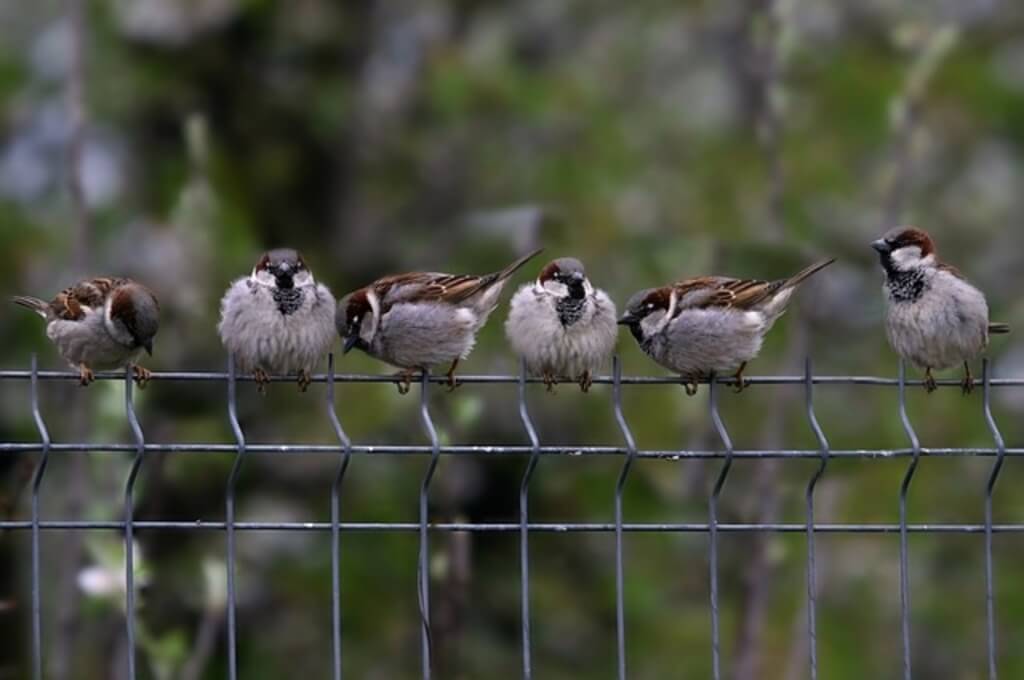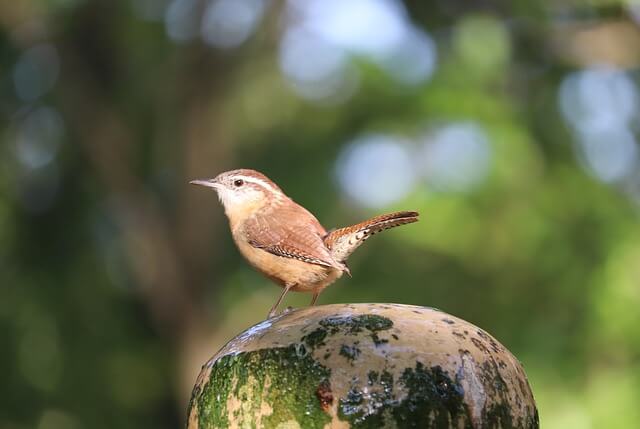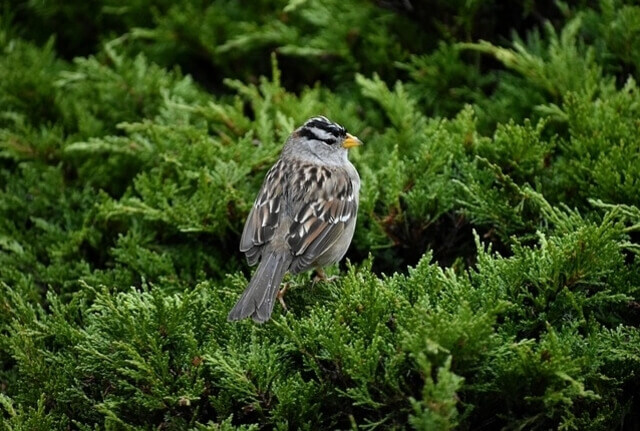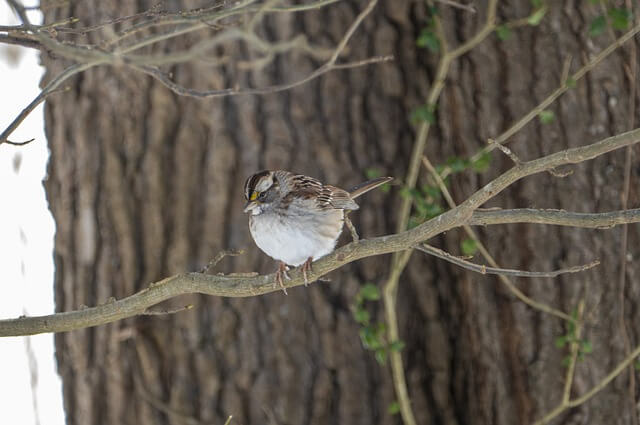Sparrows are a ubiquitous sight in North America, found in almost every habitat from backyard feeders to airports and parks. Their small stature and brown, gray, or white feathers make them easily recognizable perched on power lines. Despite their commonality, the sparrow family boasts a diverse range of species.
However, many people struggle to differentiate between them. In this article, we’ll explore 16 birds that look like sparrows and examine their distinct characteristics. Understanding the nuances between species is crucial, as appearances can vary significantly within the family.
Table of Contents
- 1 Birds That Look Like Sparrows
- 1.1 House Sparrow
- 1.2 American Tree Sparrow
- 1.3 Carolina Wren
- 1.4 Cassin’s Finch
- 1.5 Chipping Sparrow
- 1.6 Dickcissel
- 1.7 House Wren
- 1.8 Eurasian Tree Sparrow
- 1.9 Harris’s Sparrow
- 1.10 House Finch
- 1.11 Purple Finch
- 1.12 Dark-eyed Junco
- 1.13 Song Sparrow
- 1.14 White-crowned Sparrow
- 1.15 White-throated Sparrow
- 1.16 Black-capped Chickadee
- 1.17 Indigo Bunting
- 1.18 Cedar Waxwing
- 1.19 Palm Warbler
- 2 Author
Birds That Look Like Sparrows
House Sparrow
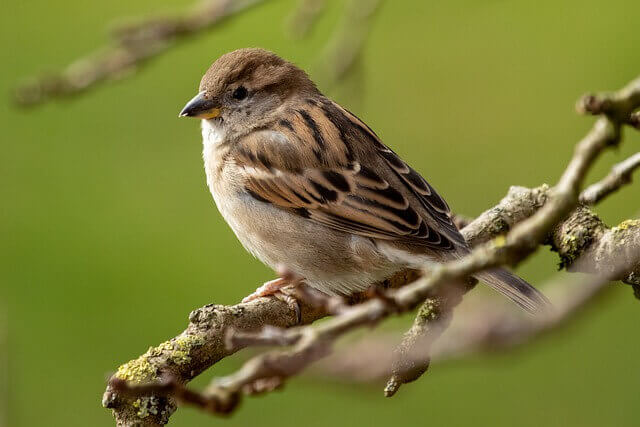
House sparrows are small birds that have a gray cap and a black bib on its breast under the beak, grayish-brown feathers with a white horizontal bar on the wing and some dark streaks, and with reddish-brown underneath.
They can be found in North America as well as in Europe, Asia, Africa, Australia and New Zealand. House sparrows migrate from North America to escape winter conditions, which is when they return to North America until it’s time for breeding.
Read more: How to Attract Sparrows to your Backyard? (Like A Pro)
American Tree Sparrow
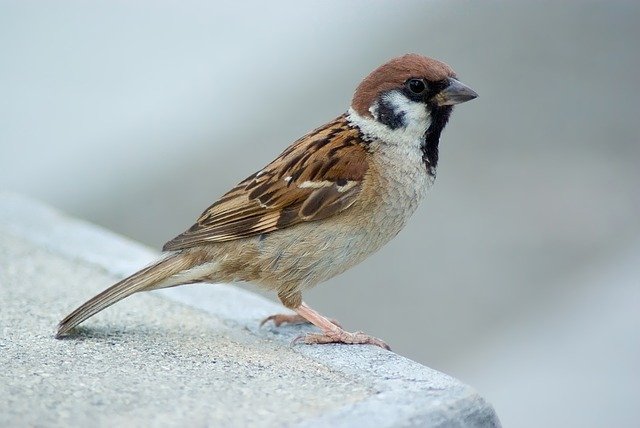
The American Tree Sparrow is a very small bird that belongs to the sparrow family. They are gray with an orange-brown color rufous cap and eye stripe, streaked brown back, and light gray breast. The birds have black legs and beak, with yellowish eyes. American Tree sparrows inhabit open habitats such as agricultural fields, grasslands, meadows, wetlands and swamps across North America.
This breed’s habitat ranges from Canada to Mexico. It can be found near farms or at feeders year-round in most parts of its range and is also common in residential areas with gardens or parks nearby.
Read more: 10 Fascinating American Tree Sparrow Facts
Carolina Wren
The Carolina Wren is a small brownish-orange colored bird, with a white eyebrow stripe, white throat and underbelly. It lives in most regions of eastern United States, but does not live in Florida or Hawaii. These tiny birds have a very unique sound to them that consists of fast high pitched trills which is made up from several individual notes whistled together at once.
Carolina Wrens make their nests in cavities such as tree branches or crevices in buildings. They can often be found nesting in dense shrubs or vines at the base of tall trees where they forage for insects like spiders, ants, grasshoppers as well as seeds from weeds like ragweed.
Read more: How to Attract Wrens to your Backyard? (Expert’s Guide!)
Cassin’s Finch

Cassin’s Finch are small songbirds that are reddish-pink color throughout with a bold red crown, brown-streaked back and a white belly. The males have more distinct colors than the females. These birds make their homes in northern California, southern Oregon and Nevada but can be found as far south as Mexico.
They live in various habitats such as chaparral scrubland or oak woodland forests but prefer coniferous forests for nesting sites. They primarily eat seeds, berries, insects and other small invertebrates which they will feed on while perched or clinging to grasses with their feet.
Chipping Sparrow
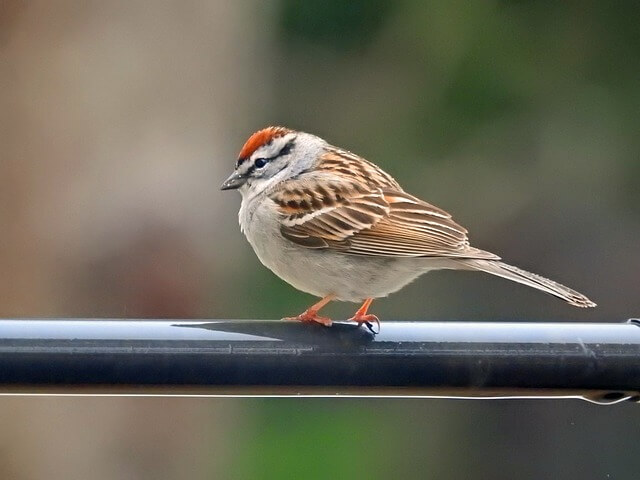
The Chipping Sparrow is one of the most common sparrows in Western North America. It nests across much of Canada and into Alaska south to central California in winter. It breeds from southern British Columbia east to Newfoundland, south along the Rocky Mountains chain to Arizona and New Mexico, west on the Pacific Coast as far north as Oregon.
It has a gray below and an orangish-rust color above, rust colored crown, pale face, black line through the eye. They have two white bars on their wings and they are between 5 inches to 6 inches long. They can be found in grasslands near water sources such as rivers or streams.
Dickcissel
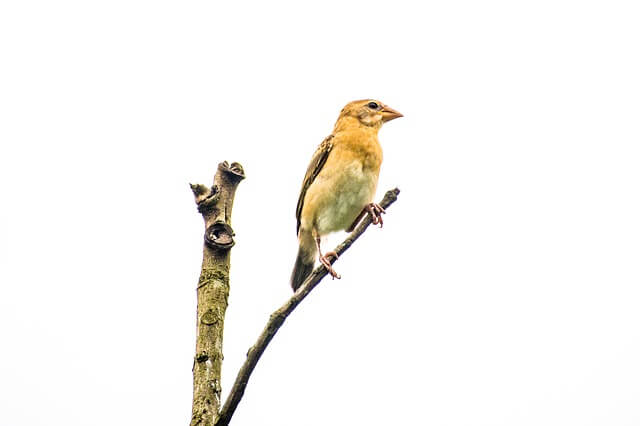
Dickcissel are small-sized bird from the sparrow family, that can be found in fields, grasslands and prairies throughout North America, migrating from Central America during the winter months. Dickcissel‘s have a grayish head with two yellow line across the face, brown upper parts with some black streaks across the back, a rust-colored spot on the shoulders, and pale yellow breast.
Dickcissel forage in low vegetation for seeds, or on the ground looking for insects such as grasshoppers or crickets, and other invertebrates. Dickcissels have large cone-shaped beaks that are sharp for catching insects in their fields.
House Wren
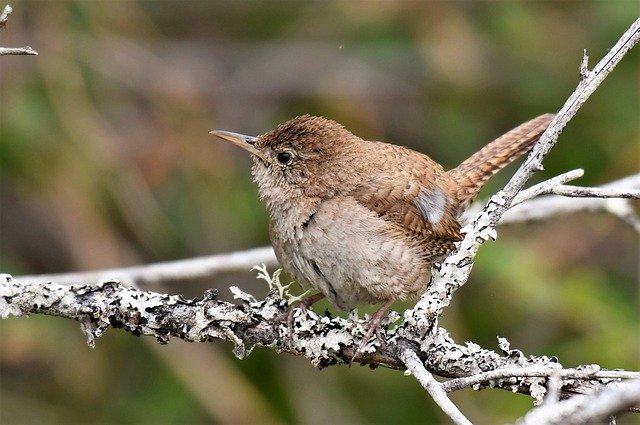
House Wrens are common and widespread throughout North America. It has light brown to rufous-brown upperparts, their underparts range from a buff to a white, with black bars on the wings, tail, and flanks. They are very small wrens that measure between 4-5 inches in length and weigh around 3 ounces.
They prefer moist areas near water, such as creeks, marshes, or forests with thick undergrowth of bushes and small trees. House wrens are mostly insectivores that feed on invertebrates like beetles, spiders, caterpillars, crickets and earthworms; they also eat fruit and seeds from plants like the holly tree.
Eurasian Tree Sparrow
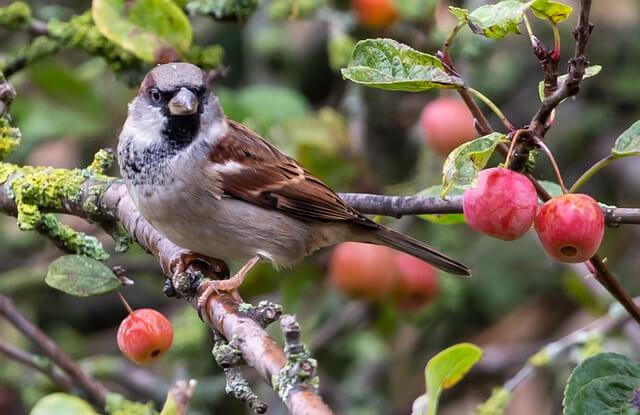
Eurasian Tree Sparrow is a bird that many people do not know about. It has a cinnamon colored crown, and throat with a small white patch on each side of the face by the ear. It also has light brown upperparts with black streaks, and it’s wings have thin white wing bars to help distinguish them from House Sparrows which look similar.
This bird nests on or near the ground, building their nest from twigs and grasses. They live in trees and bushes near streams, lakes, or other water sources, and are often found in parks and gardens where they feed on seeds from weeds like thistle or dandelion.
Harris’s Sparrow

The Harris’s Sparrow (Zonotrichia querula) is the largest of all North American sparrows at 9 inches long and 3 ounces in weight. This bird is identified by its brown upperparts with some black streaks and white underparts with black streaks on the sides. It has a black crown, throat, and face, with a gray spot on the cheek is set apart by a slim, dark line.
It breeds in open woodlands from southern Canada to northern Florida and west to Texas. The Harris’s Sparrow nests in low vegetation or thickets near water and feeds mostly on insects that it picks from leaves or branches; often hovers to pick food off of plant surfaces without landing.
House Finch
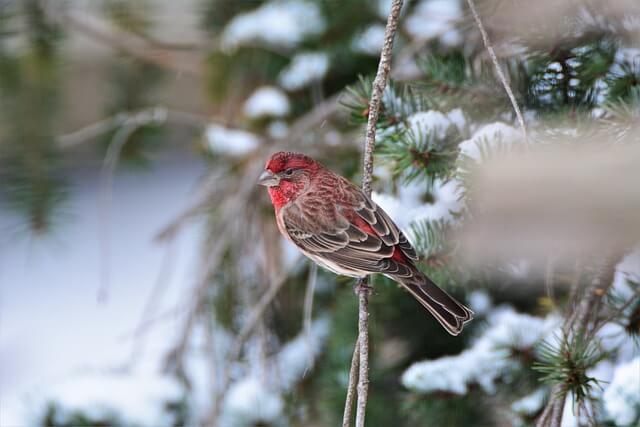
The House Finch is a small to medium-sized, active bird, measuring 5 – 6″ inches in length, and can be found in the United States and Canada. Females have brown feathers with heavy streaking throughout, while males have red on their head, neck, shoulders, breast and rump. It breeds in forests across North America, but will sometimes use backyards or parks as nesting sites.
The house finch is an adaptable bird that can live just about anywhere, as long as there’s plenty of food to eat and water nearby for drinking and bathing. These birds feed mainly on seeds and insects, but they will also eat berries in season.
Read more: How to Attract House Finch to your Yard? (Easy & Fast)
Purple Finch
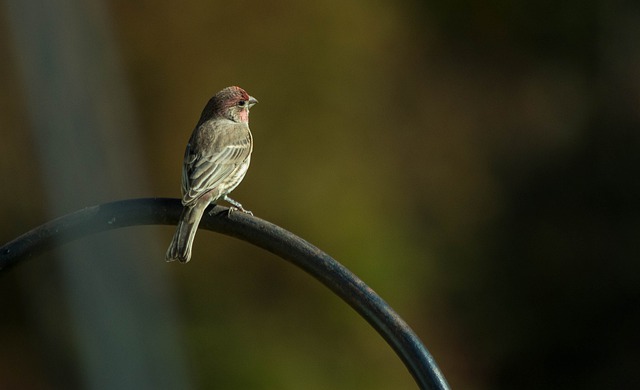
The Purple Finch is a small bird, with an average length of 5.25 inches and a wingspan of 10-11 inches. This bird is very common in the Eastern United States during the winter months, but can be found year round in warmer climates such as Florida and Texas. Purple Finches have a rosy color on the head and breast, blending with some brown on the back and pale white on the belly.
They have a black stripe that runs from their bill to their eye as well as two bright red spots near their eyes. The habitat of this species is in woodlands or coniferous forests in North America where they live off berries and seeds found under leaves or bark, depending on what’s available at the time.
Dark-eyed Junco

The Dark-eyed Junco is a type of sparrow that lives in the Eastern United States. These birds are usually gray and white, but out in the Western half of the continent, they are more chestnut colored on the sides or even back. The range of colors can vary depending on where they live; for example, birds living in high elevations tend to be darker because it is colder there.
Dark-eyed Juncos live in forests throughout North America, from British Columbia to Newfoundland, south into Mexico and Central America as well as parts of South America. In general, dark-eyed juncos prefer forest habitats with brushy areas. Their diet consists mostly of insects, but they have been known to eat seeds.
Read more: Fun Facts About Dark-eyed Juncos
Song Sparrow
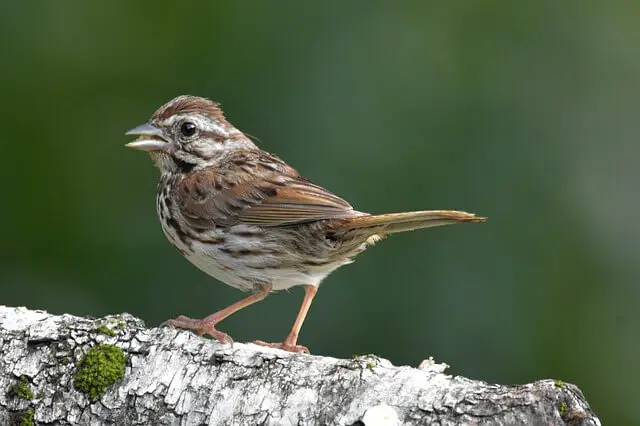
The Song Sparrows breed in the eastern half of North America from British Columbia to Nova Scotia, as well as parts of Alaska. They winter mainly in Mexico, Central America, and the West Indies. These birds have brown backs with streaks of black and white along their sides. They also have a gray face, and chestnut markings on their chests.
Their throats can be either buff or yellow depending on the season, but their belly is always whitish-gray colored. They live in open areas, from wet prairies to pastures and gardens. Song Sparrows prefer to eat insects during the summer months and rely on seeds from weeds for food during wintertime.
White-crowned Sparrow
The Whte-crowned Sparrow is native to North America, typically found in the boreal forests , breeding from Alaska east to Newfoundland, south through New England and into eastern Canada. The bird is mostly brown on its upperbody with gray streaking and a black and white streaking on its head. It has gray coloring on its belly that transitions to a light gray in the chest area.
White-crowned Sparrows are back and thriving in the spring. They nest near water sources like streams or ponds to have access to food and insects for their young. The male brings insects from the fields, while the female stays on the nest until she has fledged her chicks.
White-throated Sparrow
The White-throated Sparrow is a small bird that measures from 5.25 to 7.5 inches in length, with a wingspan of 8 to 9 inches and weighs an average of 0.8 ounces (20-32 grams). The White-throated Sparrow is a type of bird that has many colors and markings. The White-throated Sparrow’s wings are reddish brown with two distinct white wing bars on the edges.
They have a black and white striped head with yellow markings on the eyes. Their breast is gray with tan streaks and their backs are brown striped while their rumps and tails are grayish brown. It can be found in fields, and woods across North America, Central America, South America, and some parts of Europe.
Black-capped Chickadee

The Black-capped Chickadee is a bird that lives in North America. They are mostly found in forested areas over urban settings or open countrysides in the eastern half of Canada and southward into the eastern United States. The average length of this bird is 4.5-6.0 inches (12-15 cm) and weight about 3 ounces (85 grams). The species name comes from their head, which is mostly black with a bib or apron under the chin, as well as some white on the face near the eye patch.
This bird also has gray back and tail feathers on its back. These birds are social creatures that usually stay in small groups during the winter months, but then they become solitary for nesting season. Black-capped Chickadee eat insects such as spiders, ants, wasps, beetles and caterpillars among other things.
Read more: Unique Black-capped Chickadee Facts You Need To Know!
Indigo Bunting
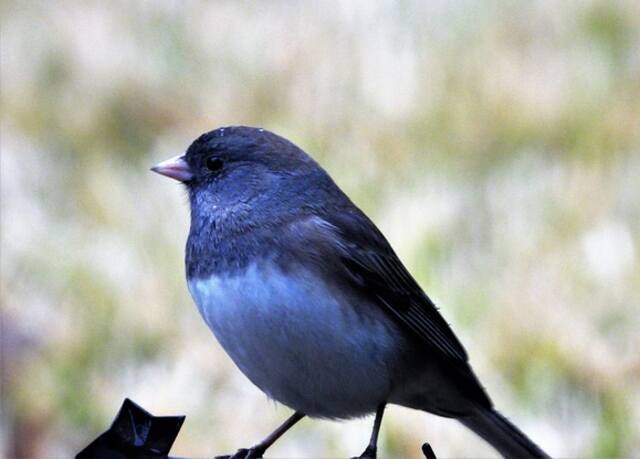
Indigo Buntings are small, vibrant blue birds with a distinctive cone-shaped bill. They breed in the eastern and central United States and southern Canada, and winter in Central and South America. They prefer to live in open woodlands, brushy areas, and fields with scattered trees. Indigo Buntings are primarily seed eaters, but also feed on insects and spiders during breeding season. Males have bright blue plumage, while females are brownish with blue highlights on the wings and tail.
While Indigo Buntings may resemble some sparrows in size and habitat preference, they differ in several ways. Sparrows tend to have more subdued plumage than Indigo Buntings, and are often brown or gray with streaked breasts. Sparrows are also generally more insectivorous than Indigo Buntings, and are found in a wider range of habitats, including grasslands and wetlands. Sparrows tend to be more social than Indigo Buntings, often living in flocks outside of breeding season, while Indigo Buntings are more solitary.
Read more: How to Attract Indigo Bunting to your Yard? Expert Tips!
Cedar Waxwing
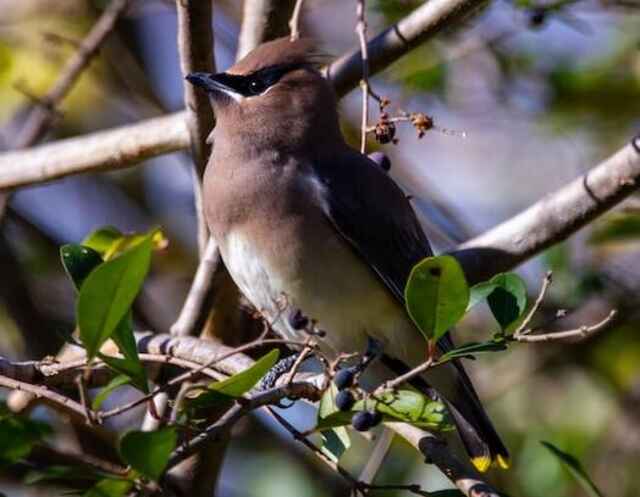
The Cedar Waxwing is a stunning bird with a brownish-gray plumage and a black mask extending to its throat. Found across North America, from Alaska to Mexico, it thrives in orchards, parks, and forests. Cedar Waxwings are notable for passing berries between flock members. Their diet is mainly fruit, supplemented with insects during breeding season. Although Cedar Waxwings share similar size and body shape with sparrows, there are several key differences between the two species.
Cedar Waxwings have a sleek plumage without streaks, and a distinctive black mask, in contrast to the more streaky and dull-colored sparrows. Their unique behavior of passing berries within flocks is not seen in sparrows. Cedar Waxwings have a wider range and more varied habitat preferences, while sparrows have a more restricted range and specific habitat preferences. Additionally, while some sparrows eat fruit, Cedar Waxwings are primarily frugivorous.
Read more: How to Attract Cedar Waxwings to your Yard (Experts Tips)
Palm Warbler
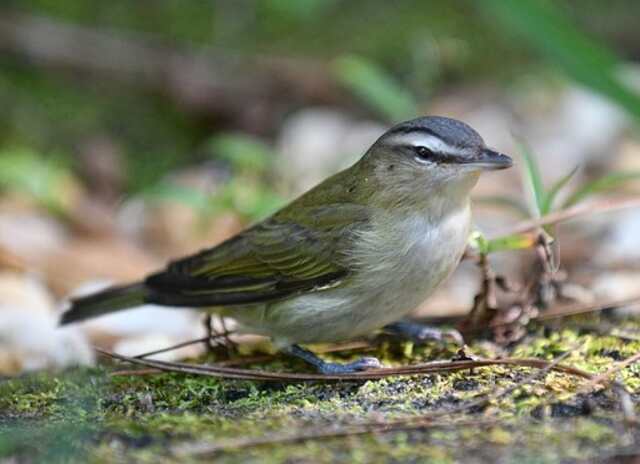
The Palm Warbler is a small, brown bird with a rusty cap, yellow eyebrow stripe, and distinctive tail wagging behavior. They breed in Canada and Alaska and winter in the southern United States, Mexico, and the Caribbean. Their preferred habitat includes open woods, thickets, and marshes. Palm Warblers feed on insects and berries, and they are known for their ground foraging behavior. While Palm Warblers may be mistaken for sparrows due to their brownish plumage and streaked breast, they have several distinguishing features.
Palm Warblers have a yellow undertail coverts and a white eye-ring, which sparrows do not have. They also have a rusty cap and yellow eyebrow stripe, which sets them apart from most sparrows. Additionally, Palm Warblers are a type of New World warbler and have different habitat and diet preferences compared to sparrows. Sparrows are generally more widespread and adaptable, while Palm Warblers have a more restricted range and specific habitat preferences.

